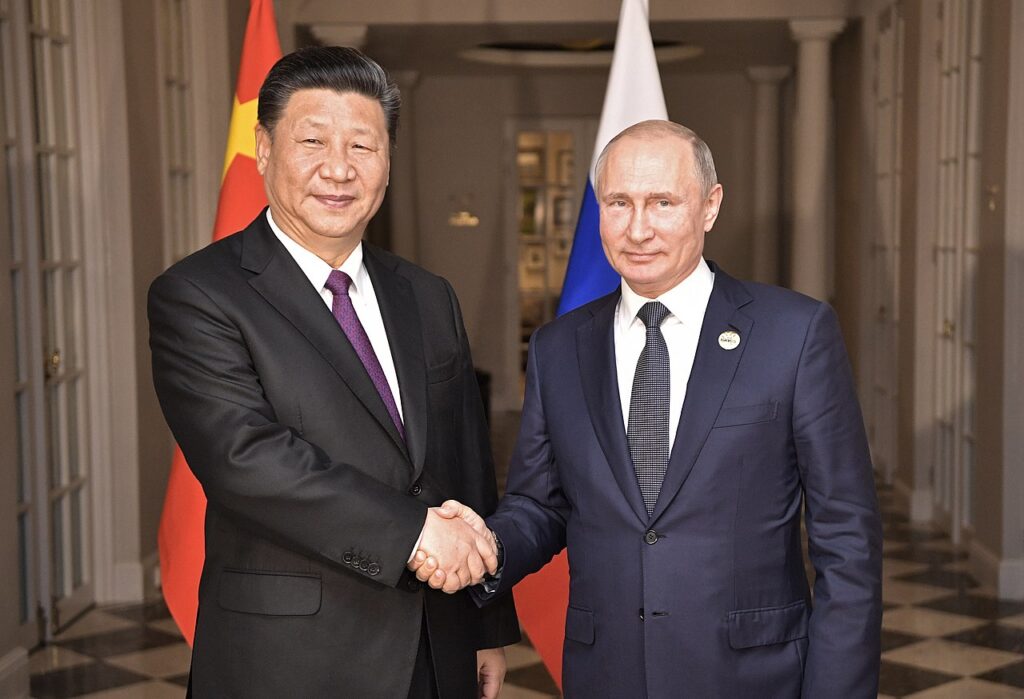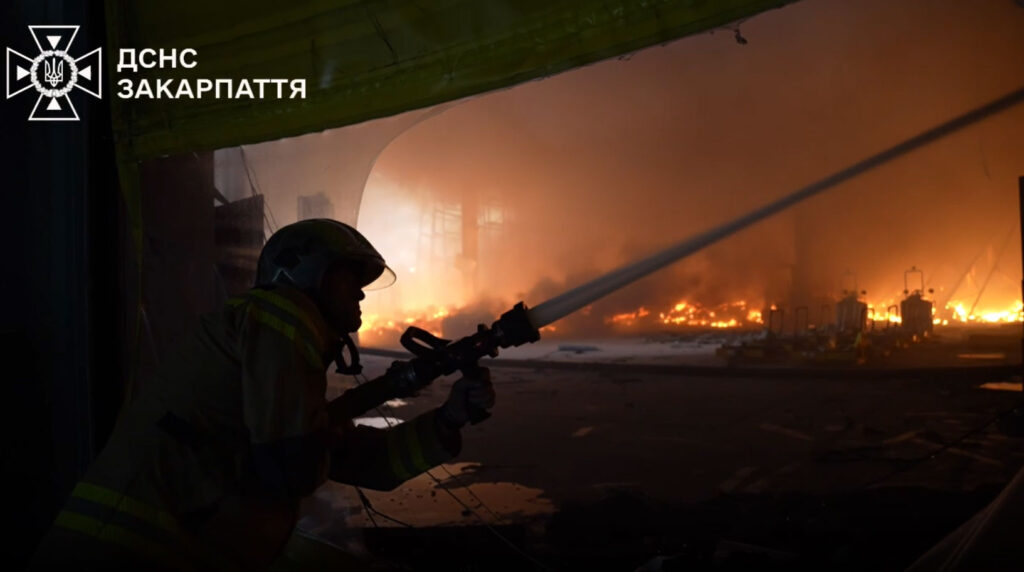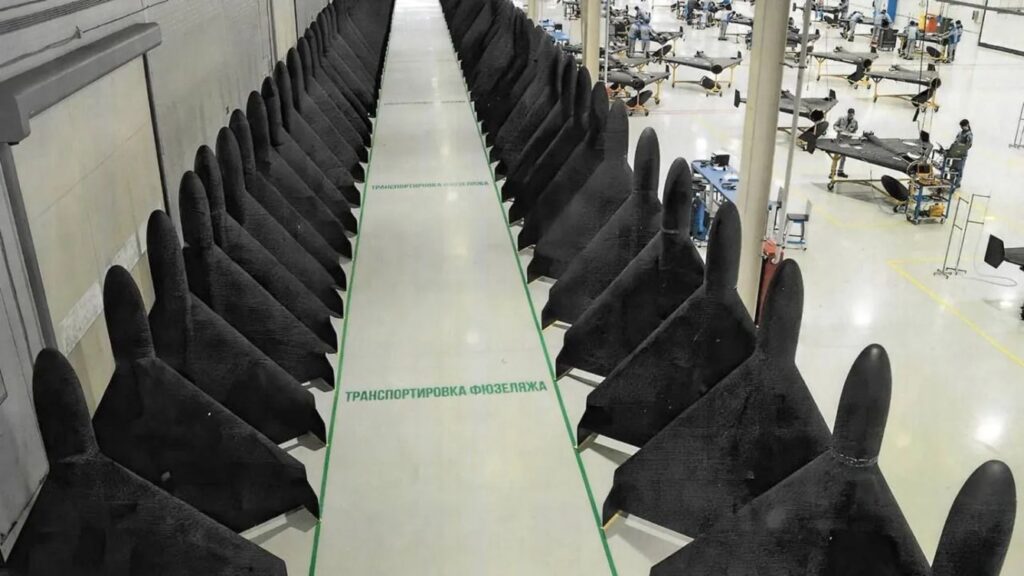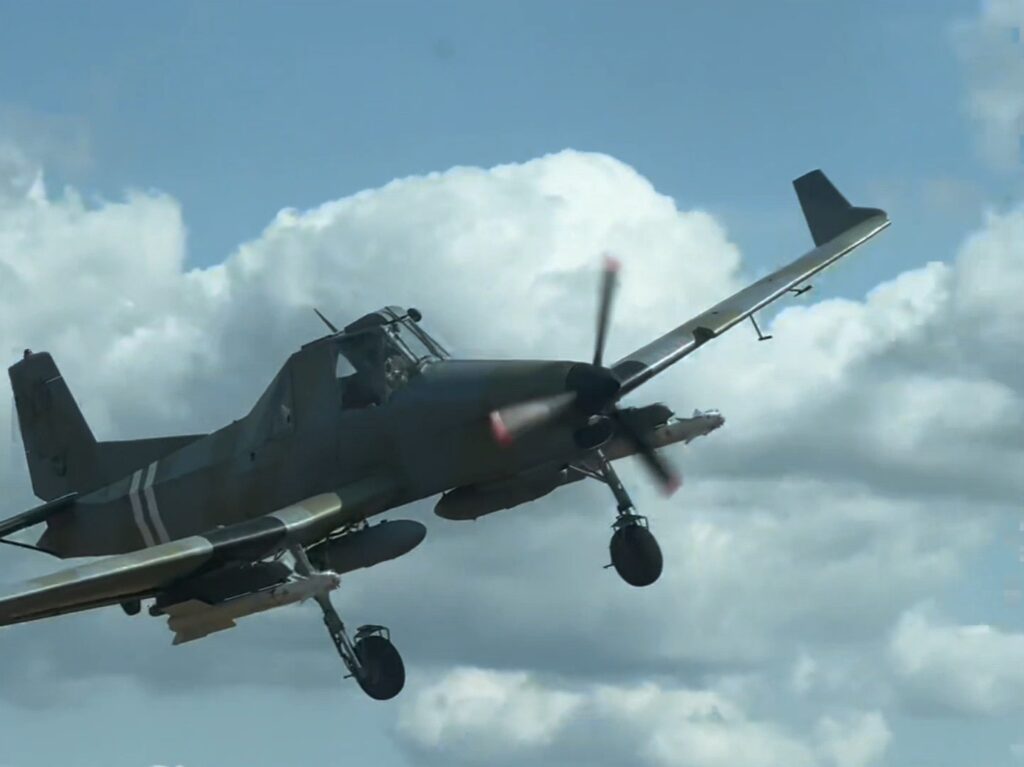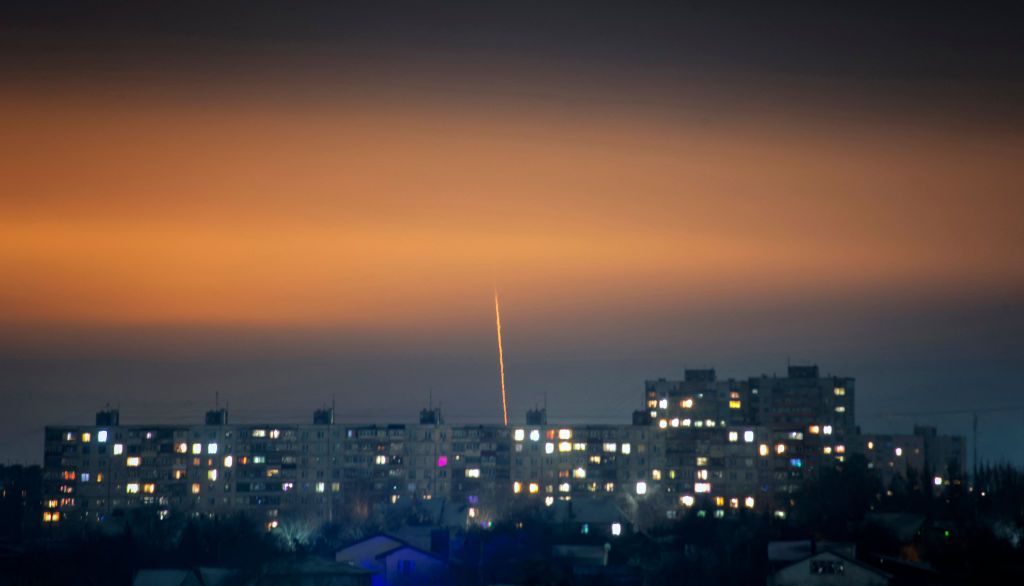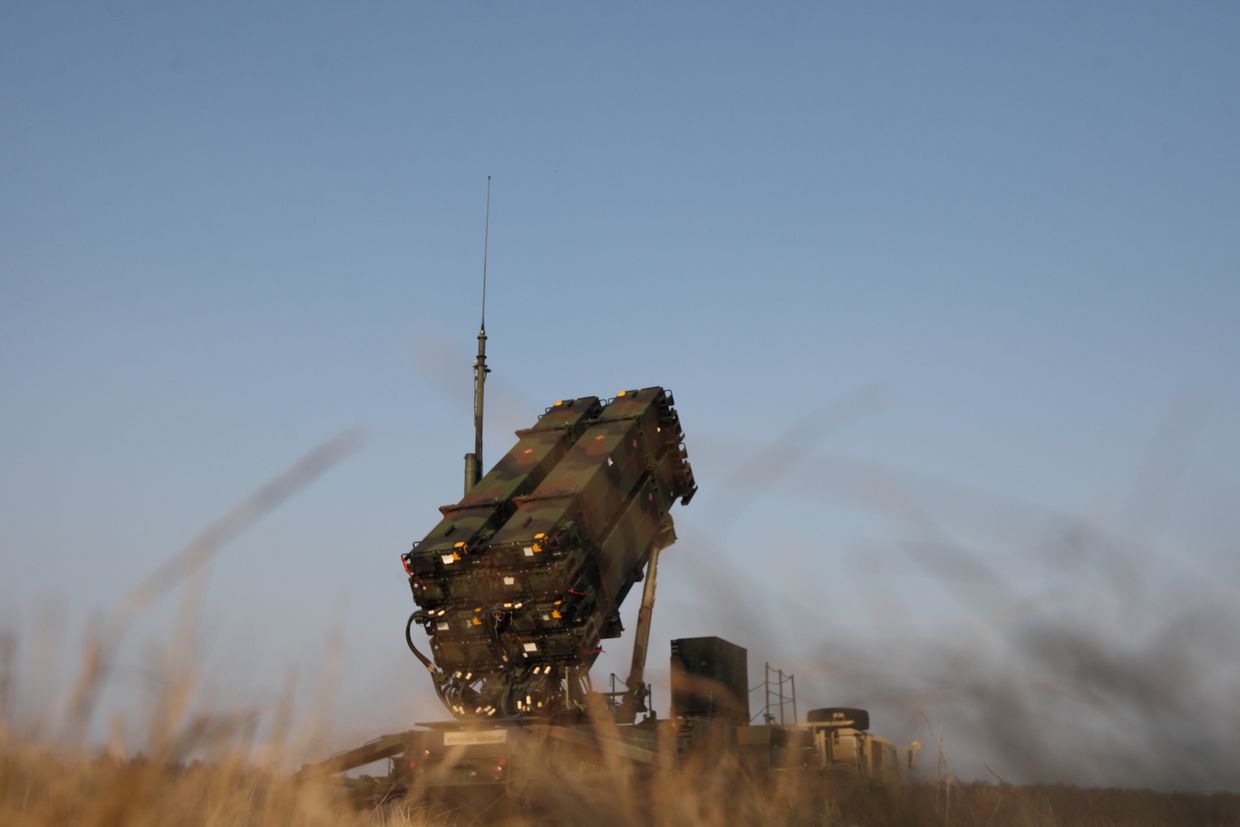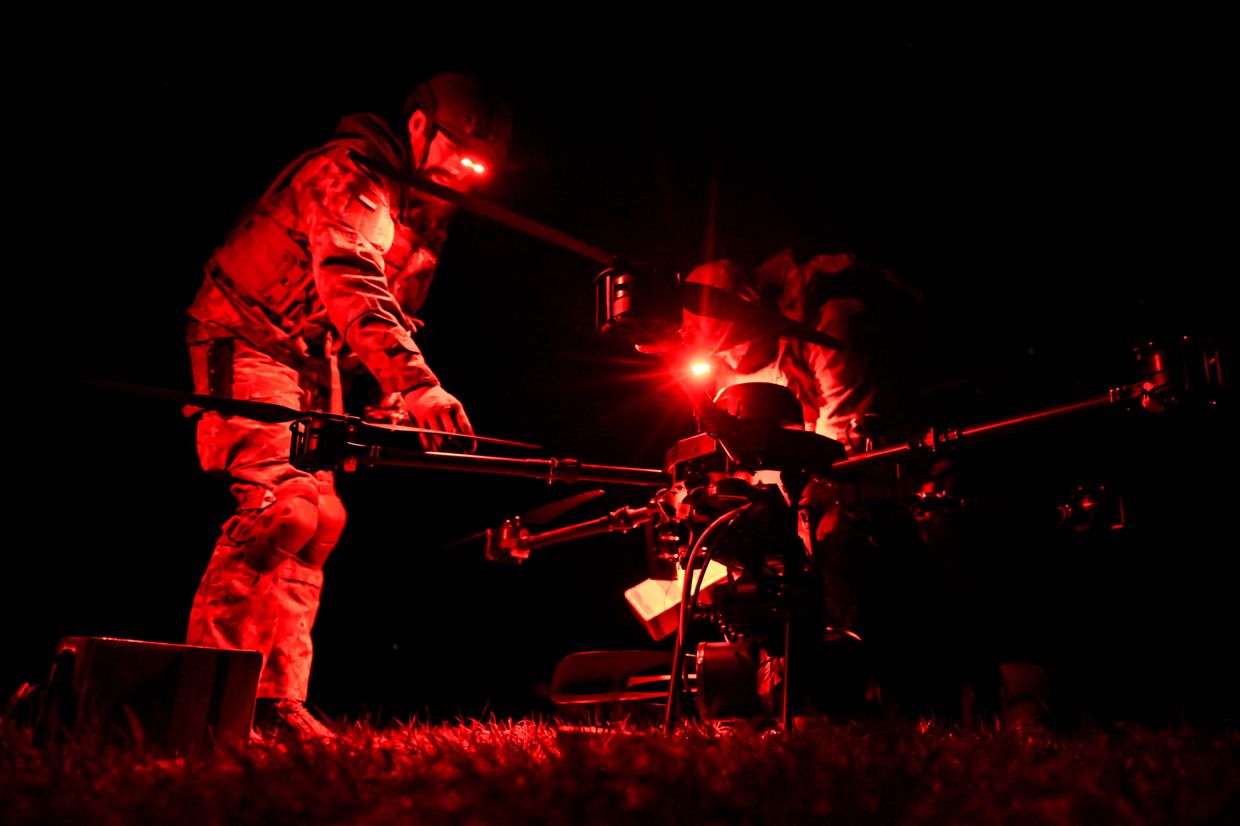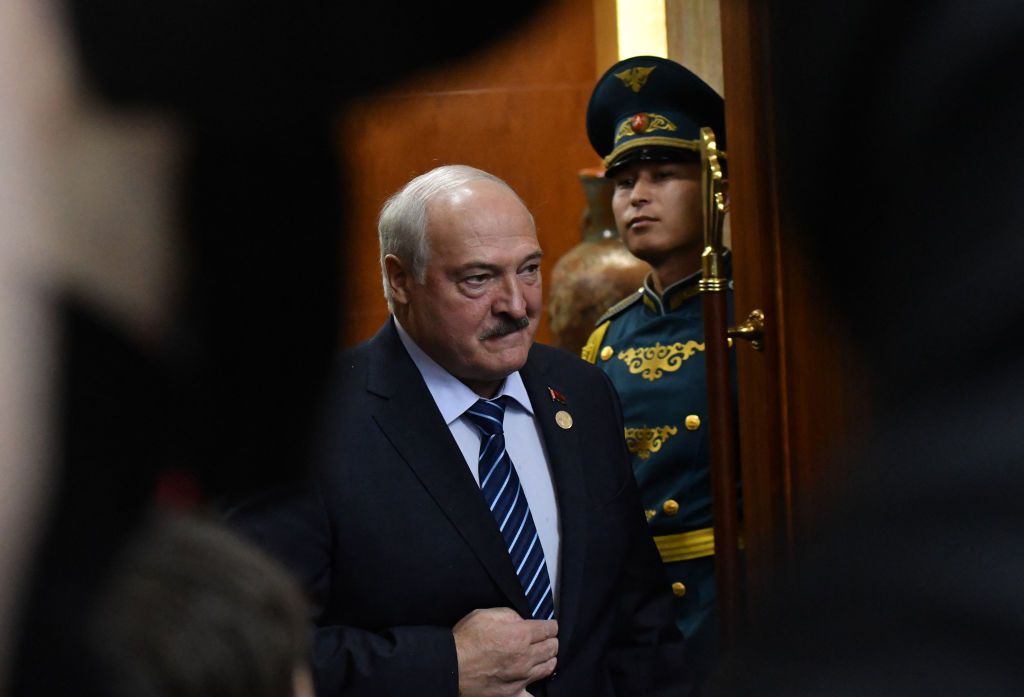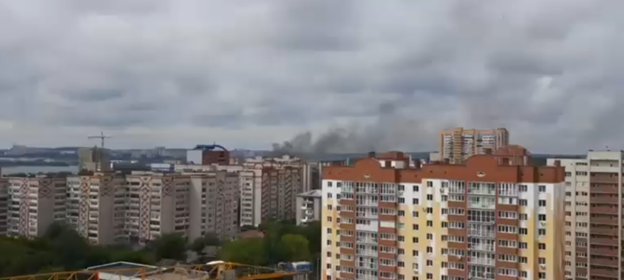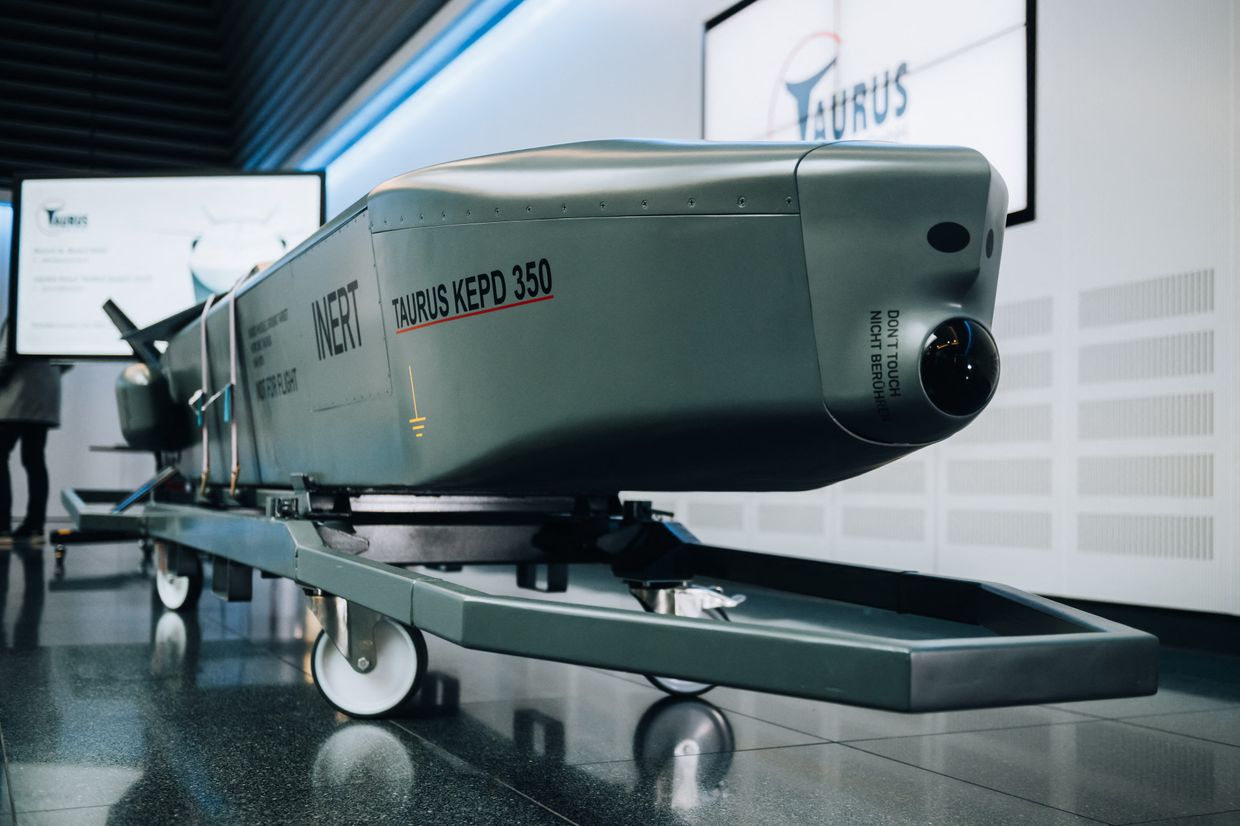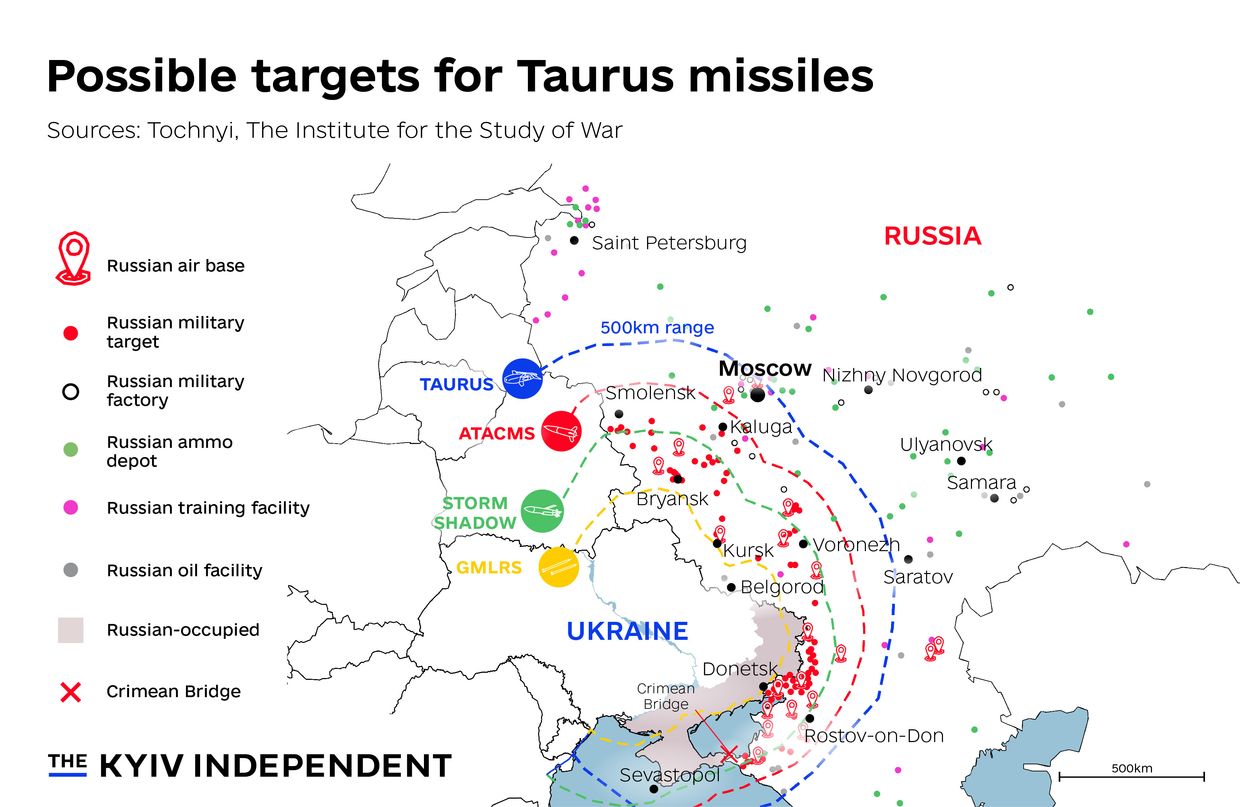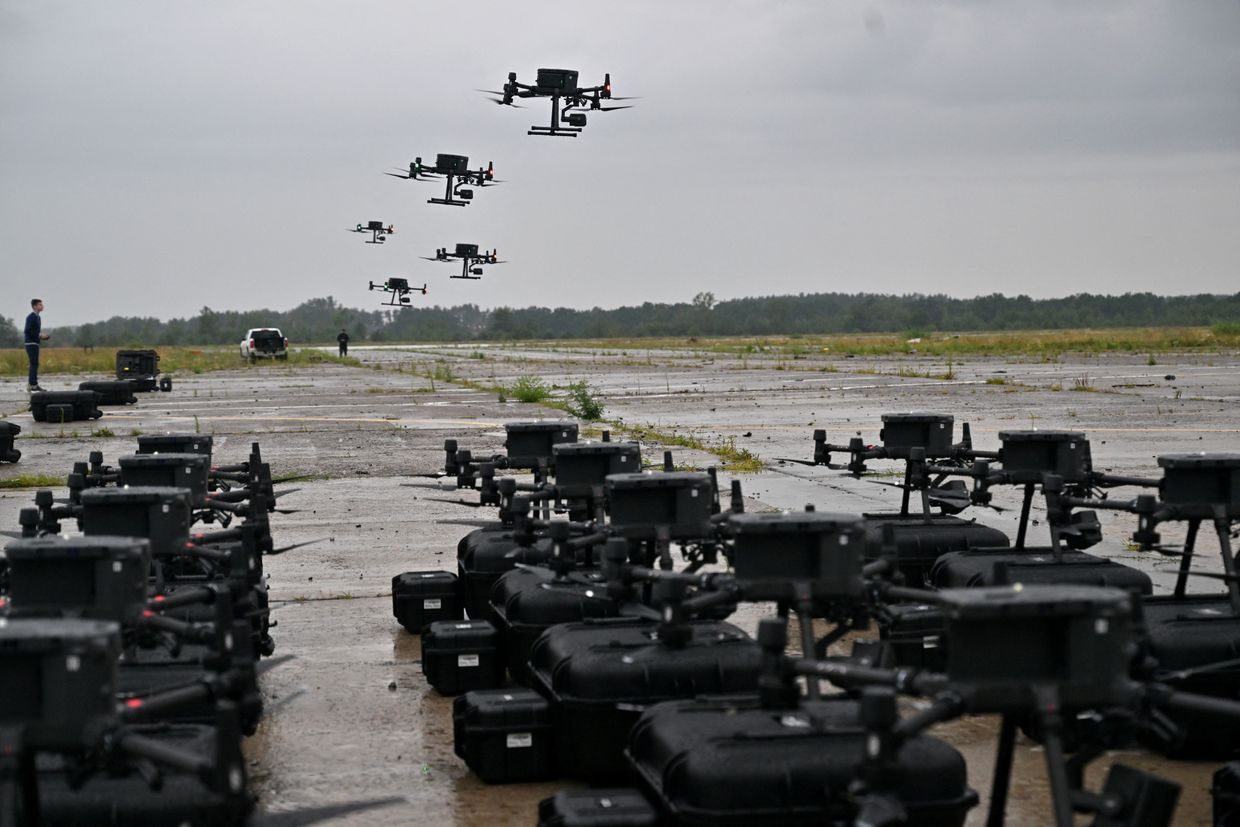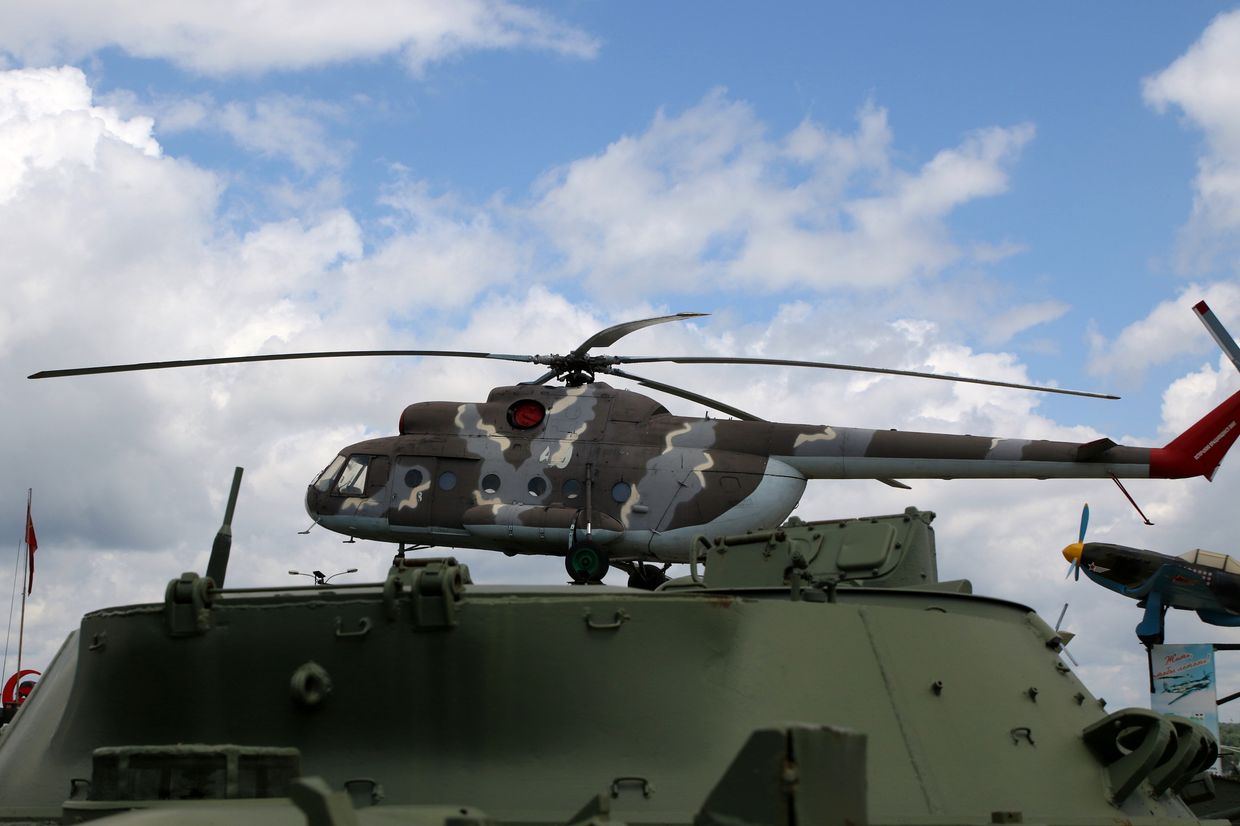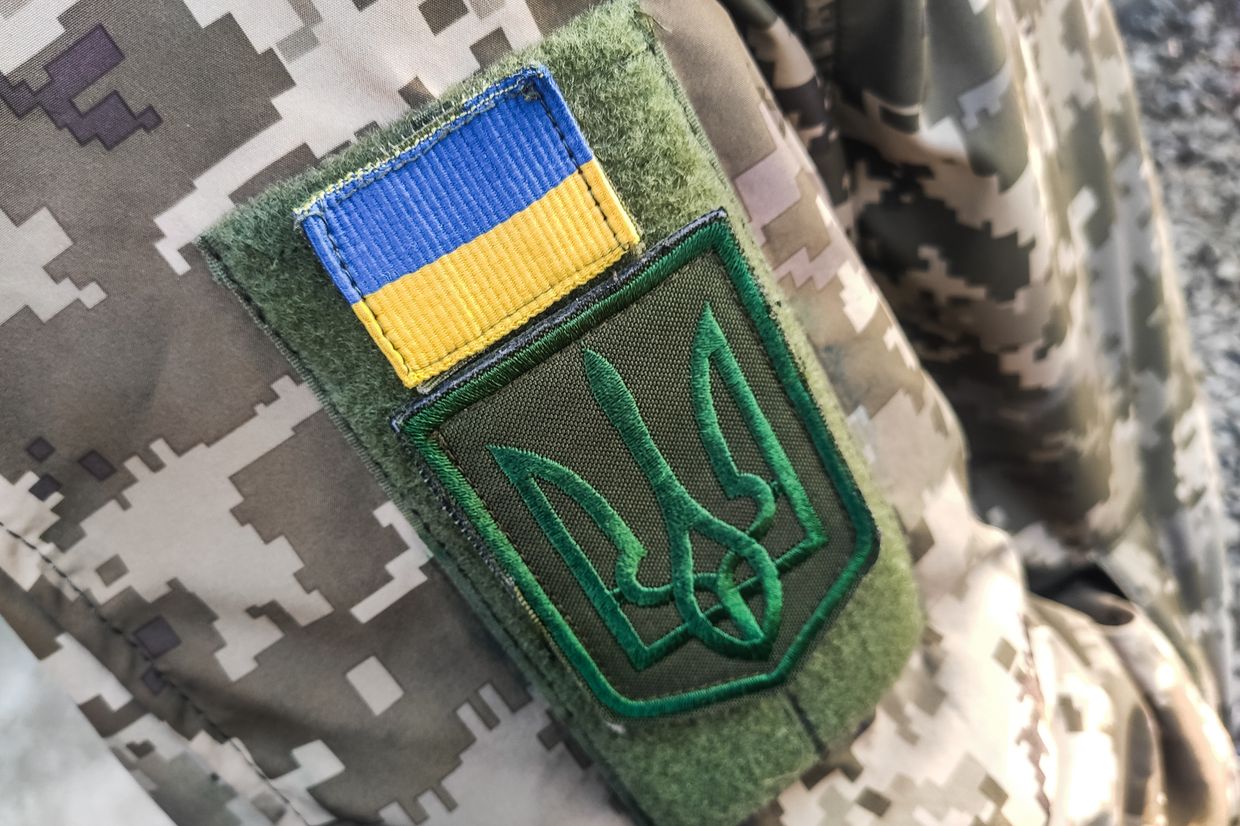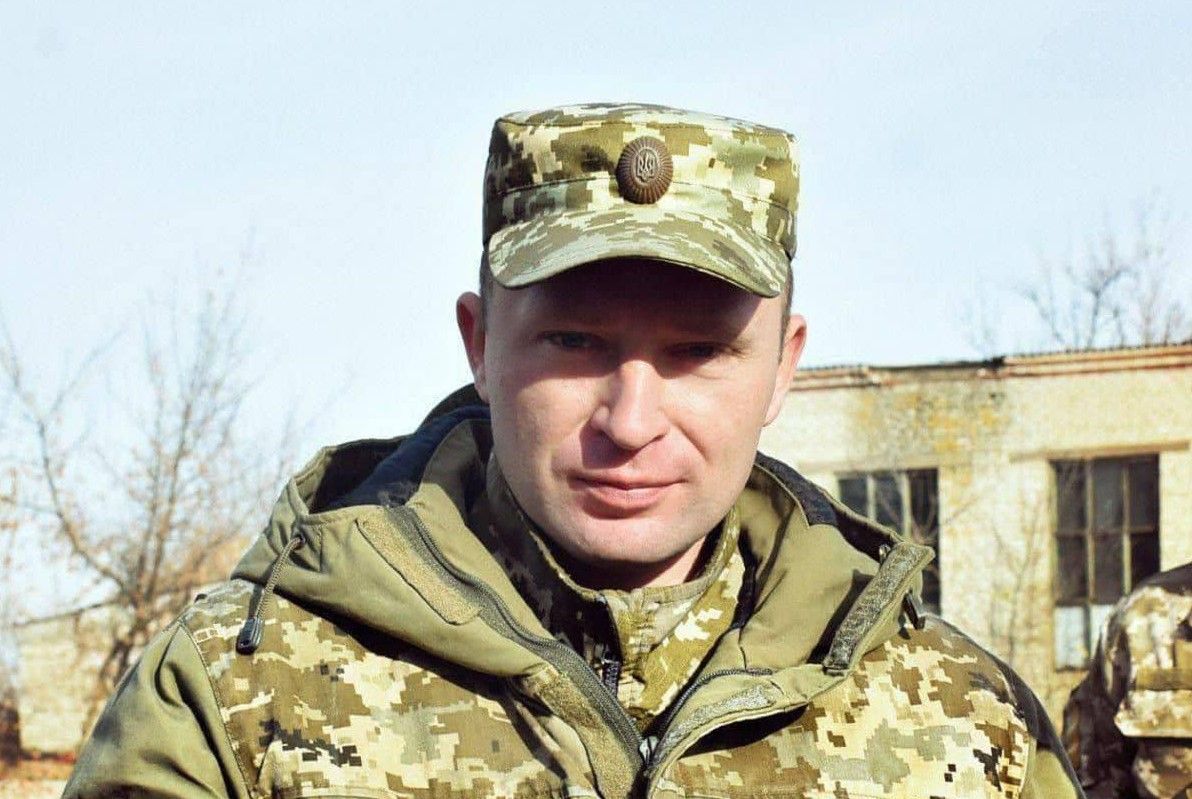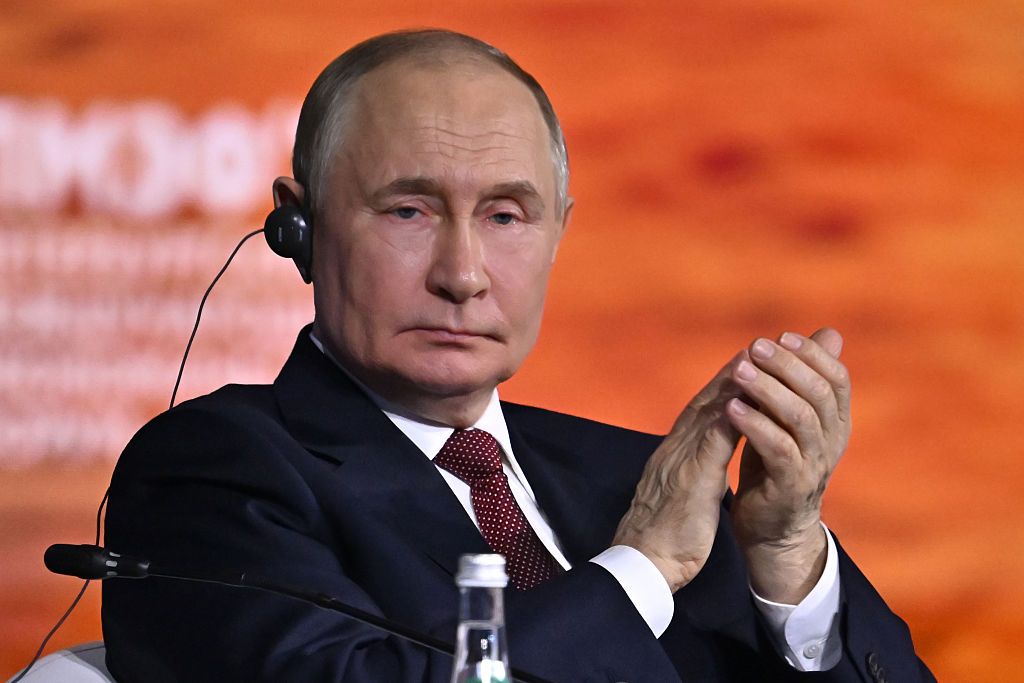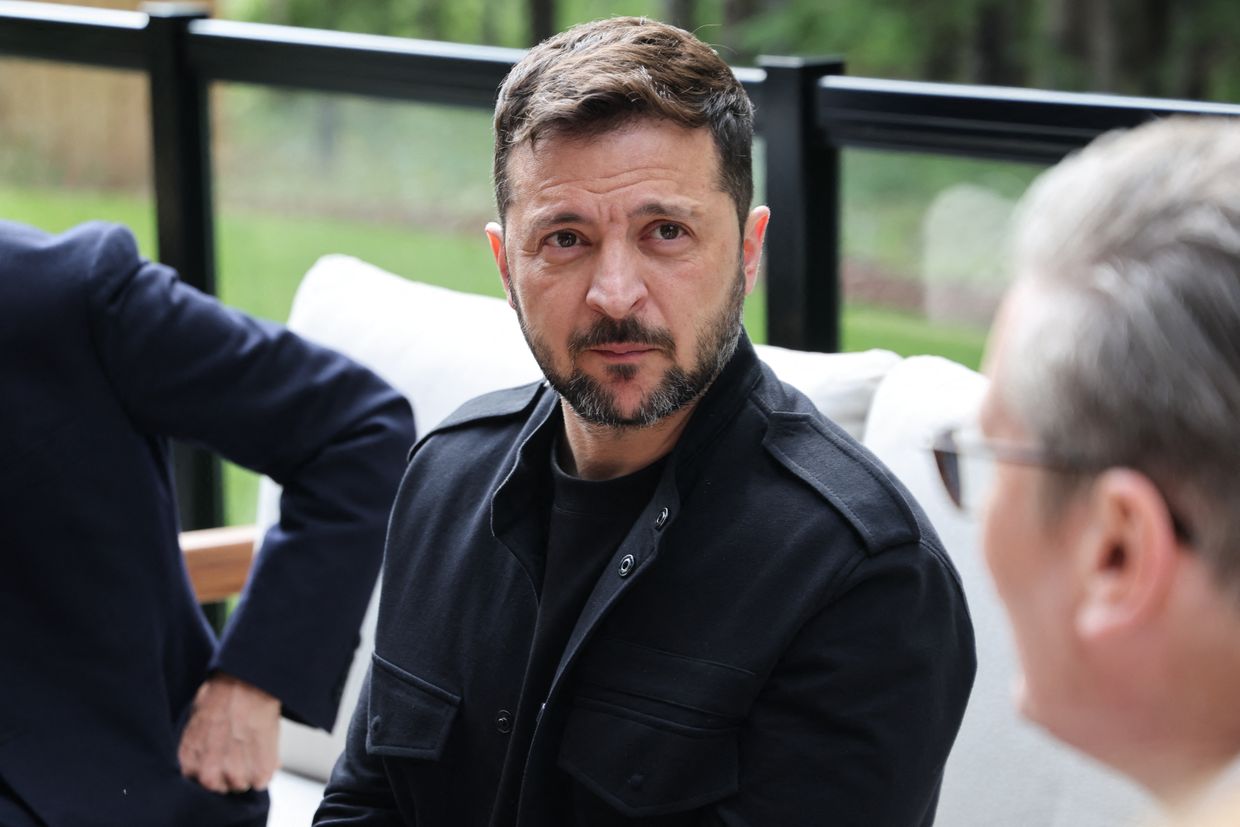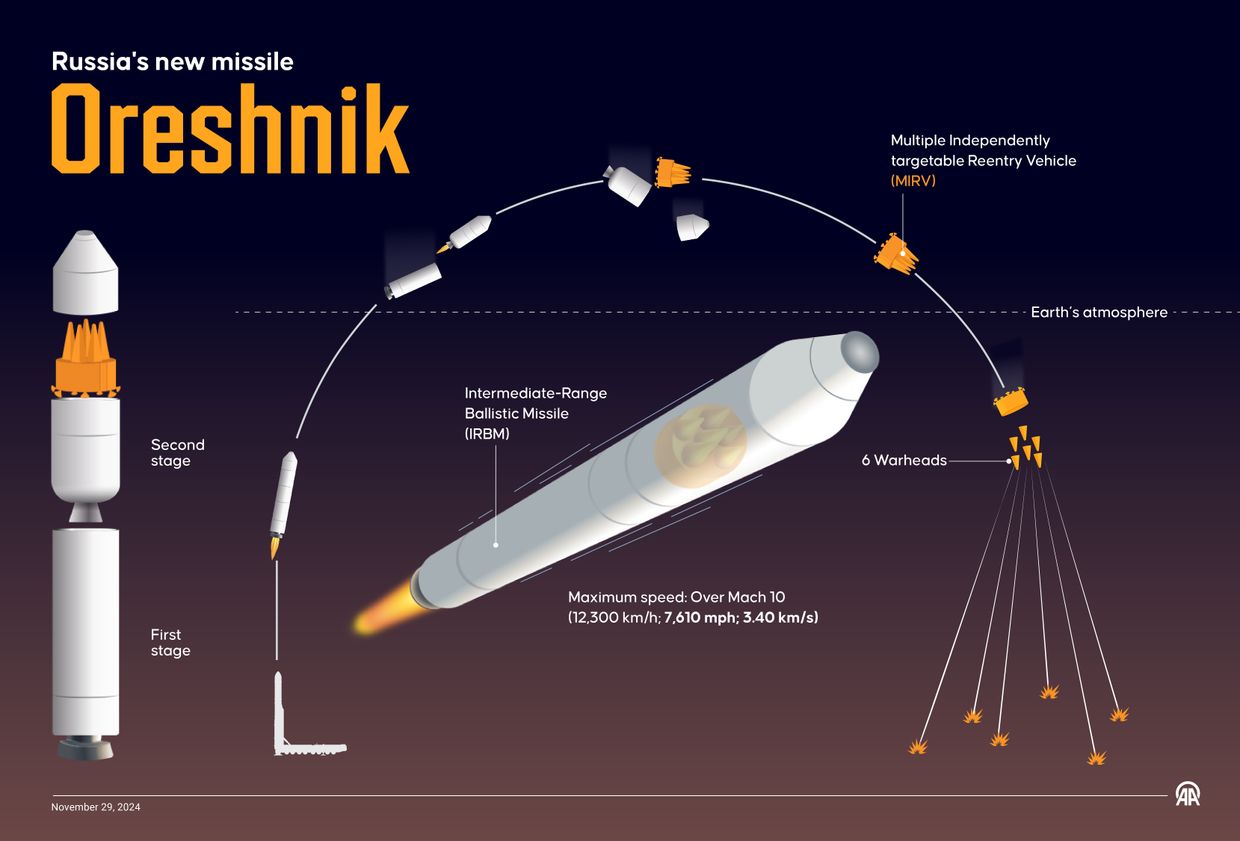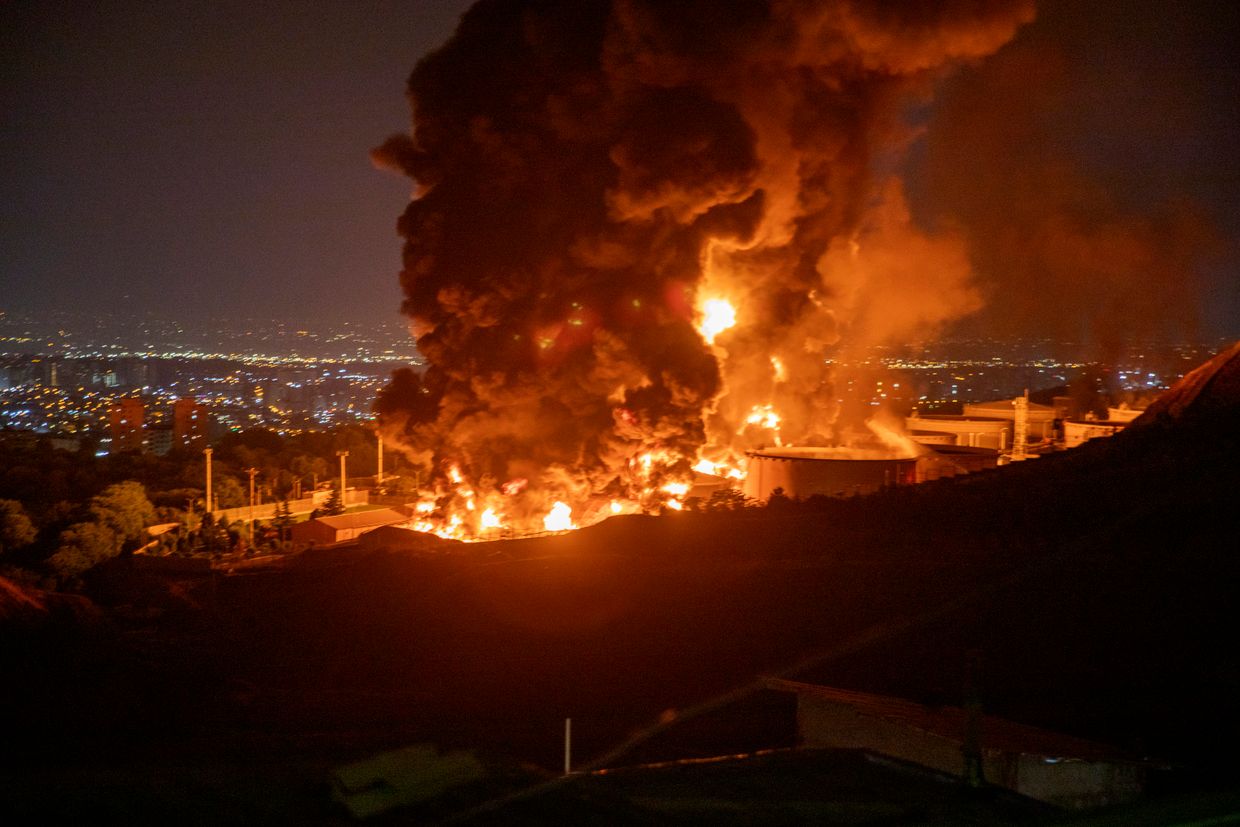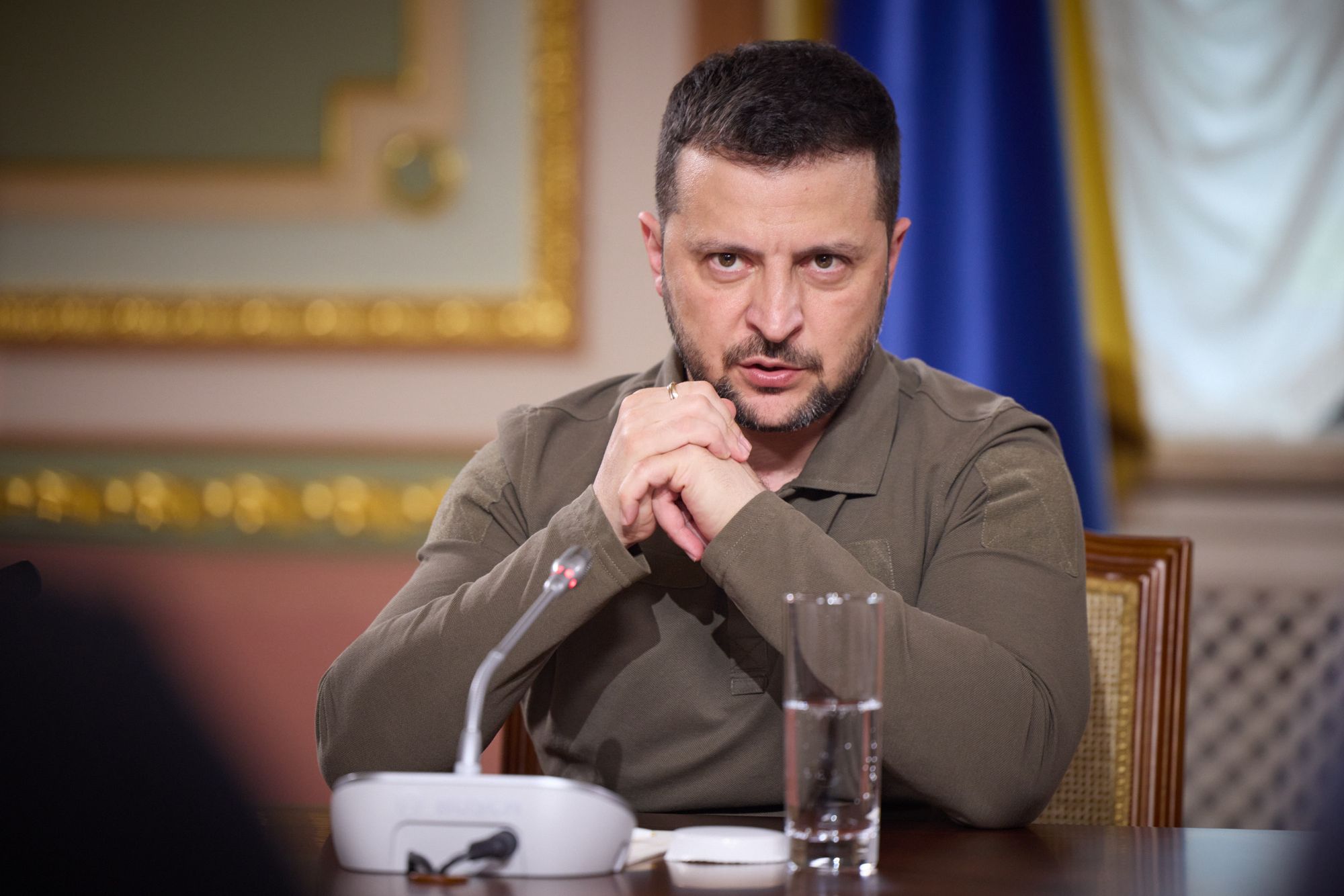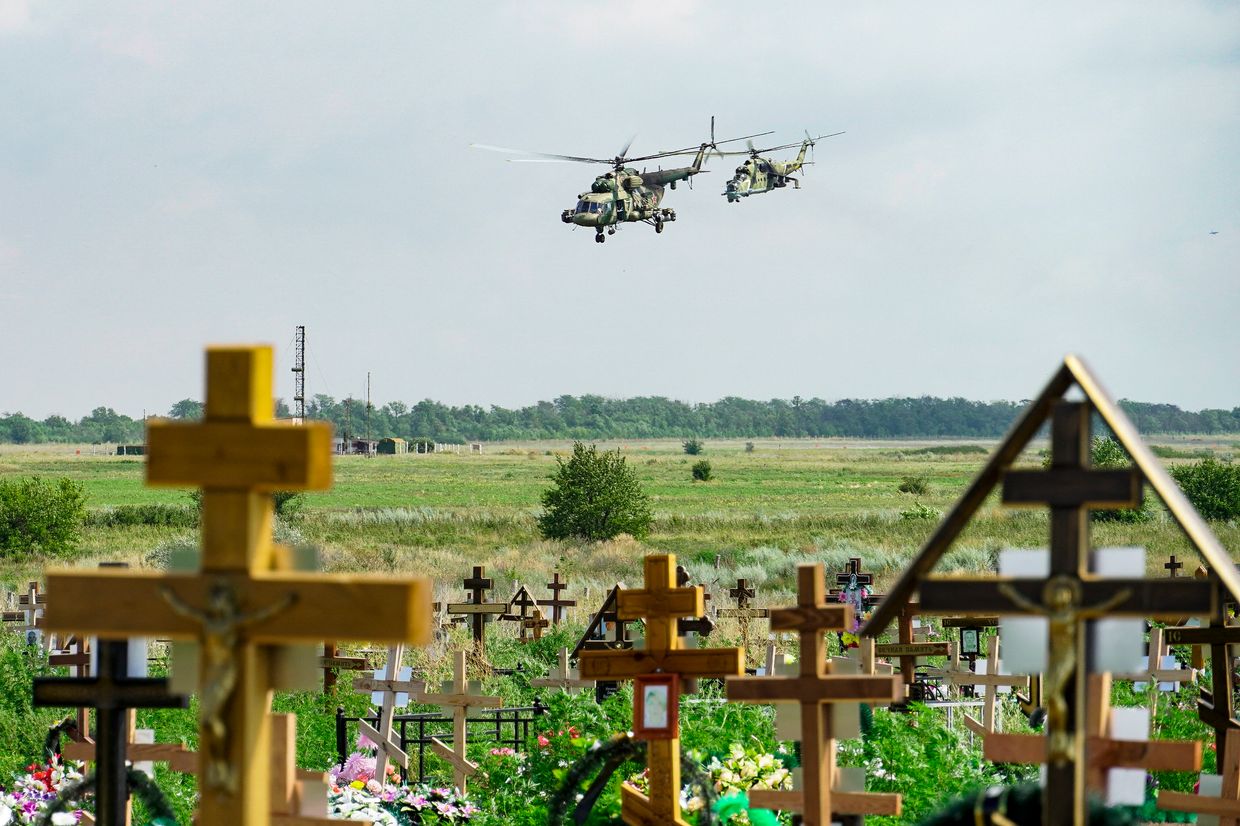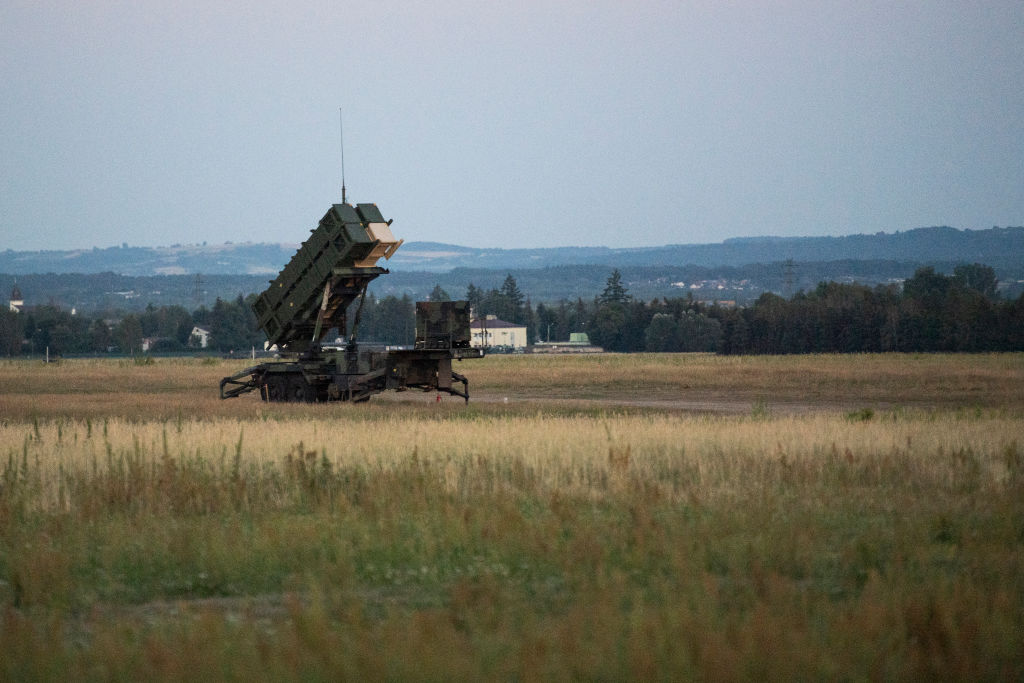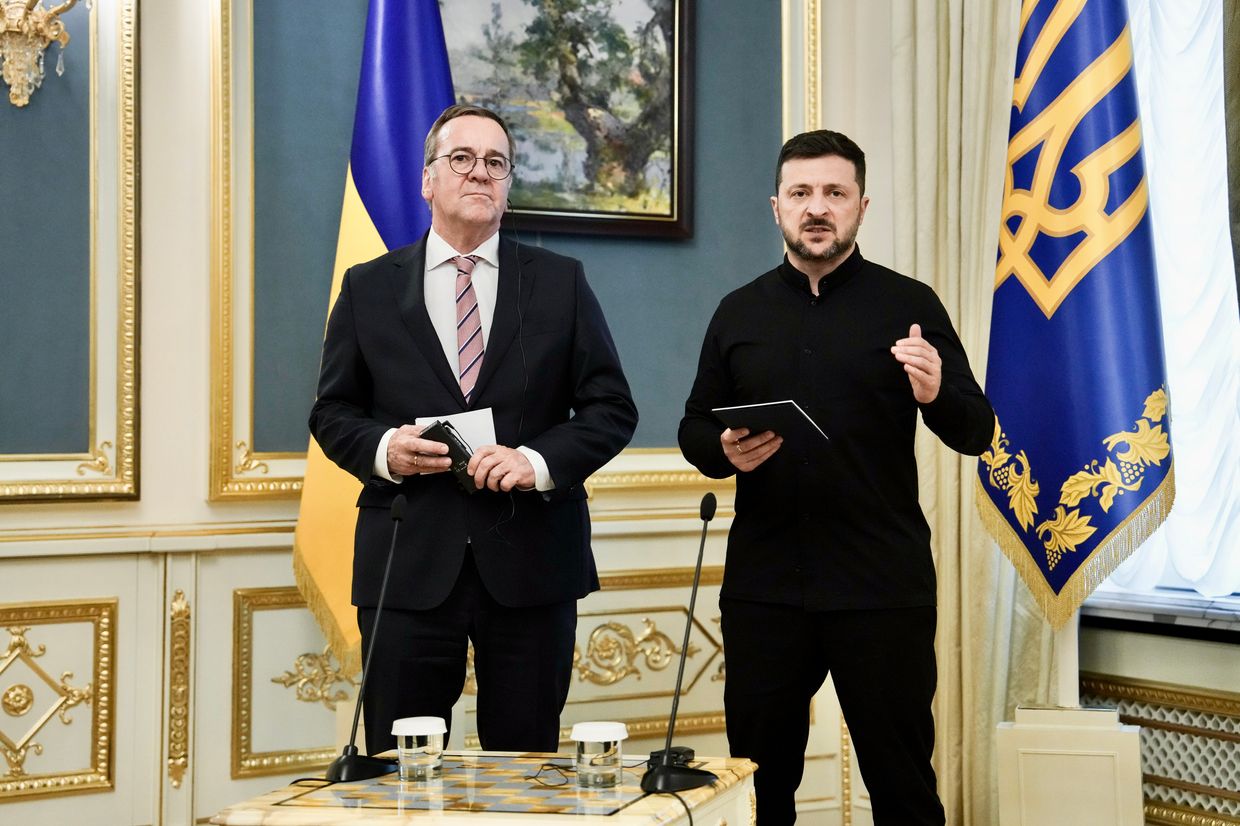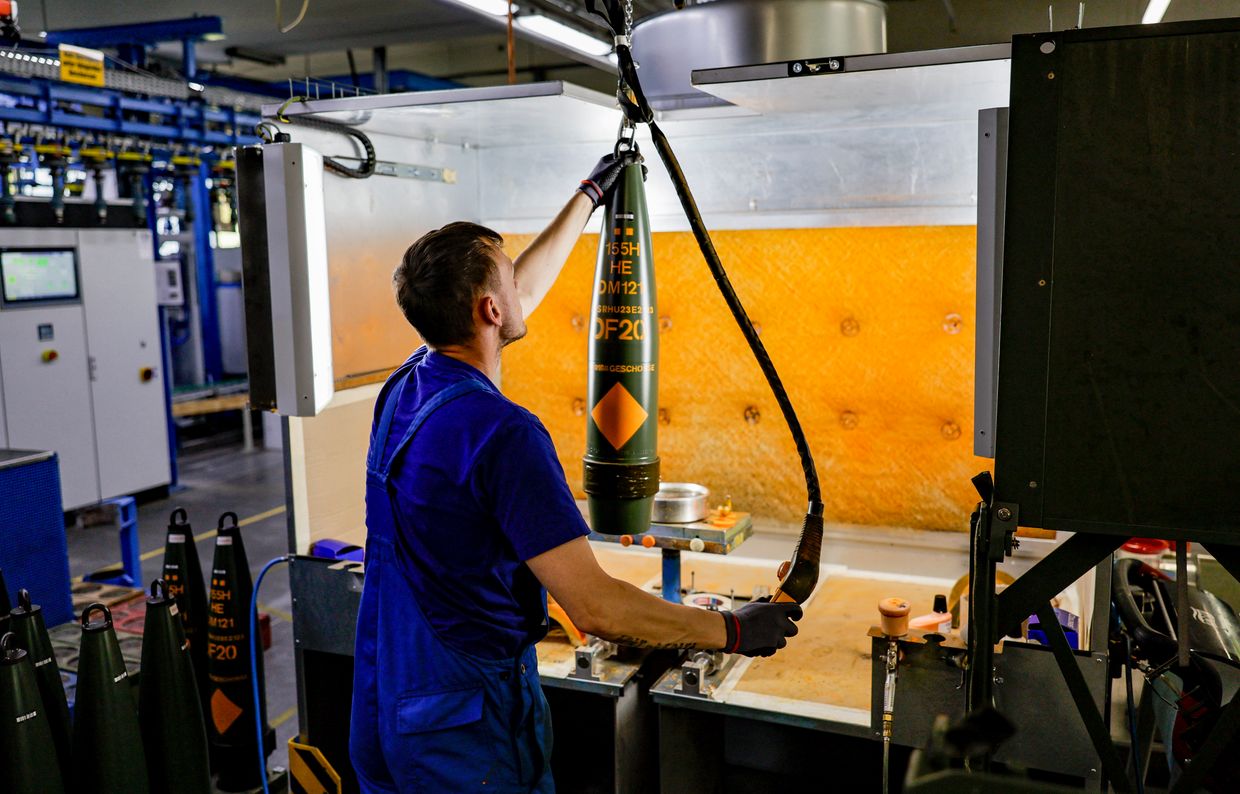
A massive Russian air attack involving 574 drones and 40 missiles struck Ukraine overnight into 21 August, hitting cities across the country, including Mukachevo — a city in Ukraine’s far west close to the Hungarian border. Ukrainian Air Force units downed the majority of the aerial threats, but multiple oblasts reported civilian casualties and infrastructure destruction. The Russian attacks again inflicted civilian casualties.
Amid the ongoing Russo-Ukrainian war, Moscow attacks Ukrainian civilians and civilian infrastructure every day. Last night’s massive attack comes days after a
meeting of the US and Ukrainian leaders, Donald Trump and Volodymyr Zelenskyy, initiated by Trump to organize a future meeting with Russia’s leader Vladimir Putin, allegedly to end the war. The attacks time and again show an obvious thing to everyone but Trump, who keeps pushing for Kyiv-Moscow talks: Russia doesn’t want peace.
Mukachevo struck with Kalibr missiles, drone crashes in Khust district
At around 04:40 on 21 August, Russian forces launched two Kalibr missiles at an industrial facility in Mukachevo, Zakarpattia Oblast. According to Myroslav Biletskyi, head of the Zakarpattia Oblast Military Administration (OVA), the strike destroyed warehouse premises and triggered a large fire, causing significant smoke pollution. Authorities deployed an emergency operations center to the site.
The Mukachevo City Council said ten people had been taken to hospital and two more had sought medical care on their own. All received treatment, and their condition was described as stable.
Evhen Meshko, director of Saint Martin Hospital, told Suspilne that by 08:50, 12 people had been brought in: six hospitalized, six treated on an outpatient basis, and one transferred to the oblast hospital. He noted that patients were in mild to moderate condition, with no critical cases reported at that time. A total of 15 ambulance brigades and eight State Emergency Service units worked on-site.
Later, the Zakarpattia Oblast Police later updated that 15 people were injured, including one in serious condition.
Following the missile impact and resulting fire, Biletskyi warned residents about heavy smoke and the presence of potentially harmful combustion products. He urged residents of Mukachevo and Uzhhorod districts to close all windows and doors and stay indoors, particularly children, the elderly, and individuals with chronic respiratory diseases.
Biletskyi also reported the crash of a Shahed-type drone in the village of Lypovets, Khust district. No injuries were reported. However, a utility building was damaged, windows were blown out in a nearby residential house, and a power line was struck.
Ukrainian foreign ministry denounces strike on US-linked company
Deputy Foreign Minister Andrii Sybiha wrote on X that one of the Russian missiles targeted a major American electronics manufacturer in Zakarpattia Oblast. He stated that the facility was entirely civilian and accused Russia of targeting businesses deliberately.
Sybiha added that this was not the first time Russia attacked US-linked facilities, referencing previous strikes on Boeing offices in Kyiv earlier this year. He said the attack proved the need for stronger air defense and reiterated Ukraine’s commitment to diplomacy through bilateral Ukraine-Russia and trilateral Ukraine-US-Russia negotiations. He also called for security guarantees from the US and European partners.
Fatal strike in Lviv
In Lviv, Russian forces launched a combined drone and missile strike, resulting in one person killed and three injured, according to Lviv Oblast head Maksym Kozytskyi.
Mayor Andrii Sadovyi said the explosions damaged at least 26 buildings in Zaliznychnyi district, the third time this area was hit over the past year. He confirmed over 150 shattered windows and 10 destroyed rooftops.
Sadovyi reported that one of the injured victims was in critical condition and undergoing surgery, while another had chest and leg wounds and was in moderate condition. At 08:37, he confirmed a third injury — a 38-year-old woman with a superficial chest wound, hematomas, and lung contusion, being treated at Saint Panteleimon Hospital.
Deputy Mayor Andrii Moskalenko said the same buildings were previously struck on 4 September and 12 July. A kindergarten was also damaged. Emergency commissions were launched to manage repairs and temporary relocation for affected residents.
Local residents described the horror to
Suspilne. Ihor Husak said the entire building shook as families sheltered in fear. Zina Pensko said she survived by divine luck, sustaining a minor finger injury. Orysia Kovpak said her home was just repaired after the previous attack when new blasts shattered the ceiling and windows again.
Zaporizhzhia hit by missiles and bombs
In Zaporizhzhia, two missile strikes damaged several industrial sites and nearby residential buildings, with eight apartment buildings and two private houses sustaining broken windows and damaged facades, according to OVA head Ivan Fedorov. He reported no injuries in this attack.
This morning, the Russians struck a village in Polohy district by three air-dropped bombs, injuring an 85-year-old woman who suffered fractures, lacerations, and a concussion.
The Zaporizhzhia Oblast Military Administration reported that in the last 24 hours:
- 647 attacks were carried out across 14 settlements
- 433 FPV and other drones struck at least 11 populated areas
- 204 artillery strikes targeted various towns
- Three airstrikes and five MLRS attacks occurred
- Russian attacks killed one woman and injured another in Polohy district
Civilian sites hit across multiple oblasts
In Kherson Oblast, the local administration said that from 06:00 on 20 August to 06:00 on 21 August, one person was killed and three others injured. Two Shahed-131/136 drones were destroyed by air defense.
In Kharkiv Oblast, two civilians — a 70-year-old man and 71-year-old woman — were killed near Petrivka, Zolochiv community. A 41-year-old man was injured in Kharkiv city on 18 August. According to the regional administration, Russian forces used:
- One missile
- Six Shahed-136 drones (repeatedly referred to by their Russian designation as “Geran-2” by Kharkiv officials)
- One Lancet drone
- Two Molniia drones
- Three FPV drones
In Donetsk Oblast, the regional administration reported that Russian forces killed three civilians in Kostiantynivka on 20 August, and six more people were injured across the region.
In Rivne Oblast, drone debris hit a private residence and public utility building, igniting a roof fire and shattering windows. No injuries were reported, per the OVA.
In Volyn Oblast, including its capital city of Lutsk, the region was attacked by drones and missiles, with 12 aerial targets engaged. Authorities said no casualties occurred, though minor building damage was confirmed.
Air Force: 577 threats intercepted
According to the Ukrainian Air Force, from 18:40 on 20 August into 21 August, Russia launched 614 aerial weapons, including:
- 574 Shahed drones and decoys
- Four Kh-47M2 Kinzhal missiles
- Two Iskander-M/KN-23 ballistic missiles
- 19 Kh-101 cruise missiles
- 14 Kalibr missiles
- One unidentified missile from occupied Crimea
Ukrainian forces intercepted or suppressed 577 targets, including:
- 546 Shahed-type drones and decoys
- One Kinzhal missile
- 18 Kh-101 cruise missiles
- 12 Kalibr cruise missiles
Confirmed strikes or debris fell in 11 locations, and debris from downed threats landed in three others.
You could close this page. Or you could join our community and help us produce more materials like this.
We keep our reporting open and accessible to everyone because we believe in the power of free information. This is why our small, cost-effective team depends on the support of readers like you to bring deliver timely news, quality analysis, and on-the-ground reports about Russia's war against Ukraine and Ukraine's struggle to build a democratic society.
Become a patron or see other ways to
support.
